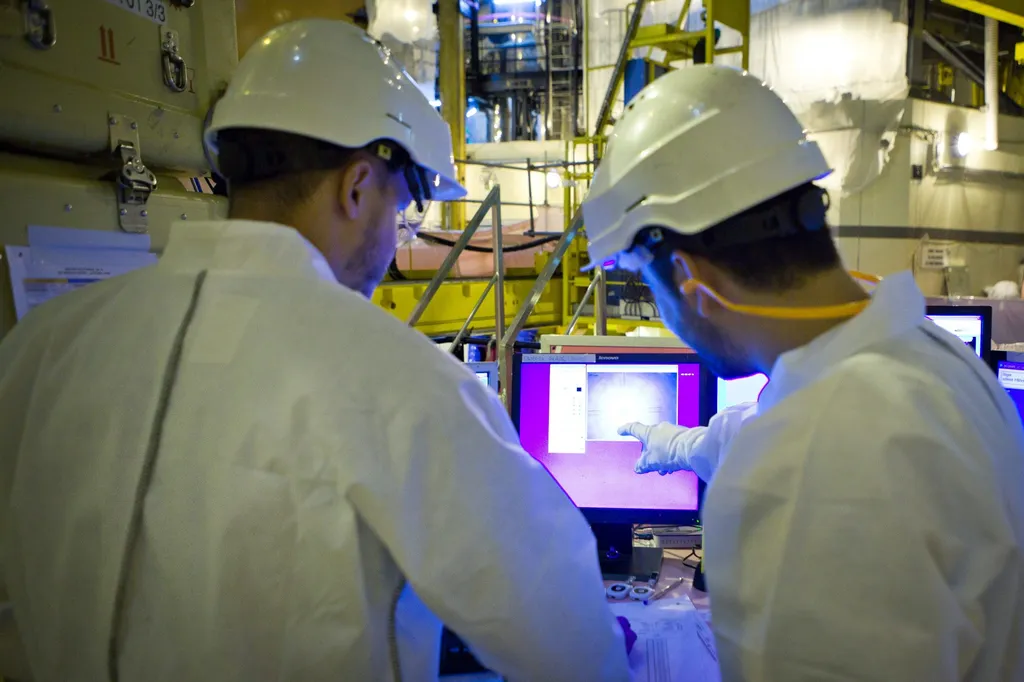In the heart of Nanjing, China, a team of researchers from Nanjing Forestry University is revolutionizing the way we assess the quality of agricultural and forestry products. Led by Professor Xie Weijun, the team has been exploring the application of photoacoustic spectroscopy (PAS), a cutting-edge technology that combines optical and acoustic detection principles. Their work, published in the journal ‘智慧农业’ (translated as ‘Smart Agriculture’), is paving the way for a more efficient, non-destructive, and cost-effective approach to quality assessment in the agricultural industry.
Traditional methods of quality assessment often involve sample destruction, expensive equipment, and poor adaptability. However, PAS offers a unique solution through its light-thermal-acoustic energy conversion mechanism. This non-contact, high-sensitivity technology is increasingly being applied to assess the quality of agricultural and forestry products, providing a new approach for the simultaneous detection of internal and external quality.
“PAS has demonstrated practical value in multiple aspects of agricultural and forestry product testing,” says Professor Xie. “In seed testing, we have established quantitative relationship models between photoacoustic signals and seed viability. We have also achieved dynamic assessment of seed health by monitoring respiratory metabolic gases like CO2 and ethylene.”
The applications of PAS extend beyond seed testing. In fruit and vegetable quality analysis, PAS can capture characteristic substance changes during ripening. In the quality control of grain and oil products, Fourier-transform infrared PAS technology has been successfully applied to the rapid detection of protein content in wheat flour and aflatoxin in corn. Moreover, PAS has achieved breakthrough progress in heavy metal residue detection, pesticide residue analysis, and food authenticity identification.
Despite its evident advantages, PAS technology still faces multiple challenges in practical implementation. The complex matrix of agricultural and forestry products causes non-uniform generation and propagation of photoacoustic signals, complicating data analysis. Environmental noise interference, such as mechanical vibrations and temperature fluctuations, compromises detection stability. Additionally, spectral peak overlap in multi-component systems limits quantitative analysis accuracy.
“Current PAS systems remain bulky and costly, primarily due to reliance on imported core components like high-power lasers and precision lock-in amplifiers,” explains Professor Xie. “This severely hinders widespread adoption. Moreover, the absence of standardized photoacoustic databases and universal analytical models restricts the technology’s adaptability across diverse agricultural products.”
Looking forward, the team envisions several key directions for PAS development. These include multi-technology integration with other sensing methods to construct multidimensional data spaces for enhanced detection specificity, miniaturization through developing chip-based detectors and adopting 3D printing for integrated photoacoustic cell fabrication, and intelligent algorithm innovation with incorporating advanced deep learning models.
As these technical bottlenecks are progressively overcome, PAS is poised to establish a quality monitoring network spanning the entire “field-to-market” chain. This transformation from traditional sampling-based methods to intelligent, standardized, full-process monitoring will provide technical support for food safety assurance and agricultural industry advancement.
The research conducted by Professor Xie Weijun and his team at Nanjing Forestry University is not just a scientific breakthrough; it’s a step towards a future where food safety and quality are assured from the field to the market. Their work, published in ‘智慧农业’, is a testament to the power of innovation in addressing real-world challenges in the agricultural industry. As we look to the future, the potential of PAS technology is immense, promising a new era of efficiency, accuracy, and safety in agricultural quality assessment.

